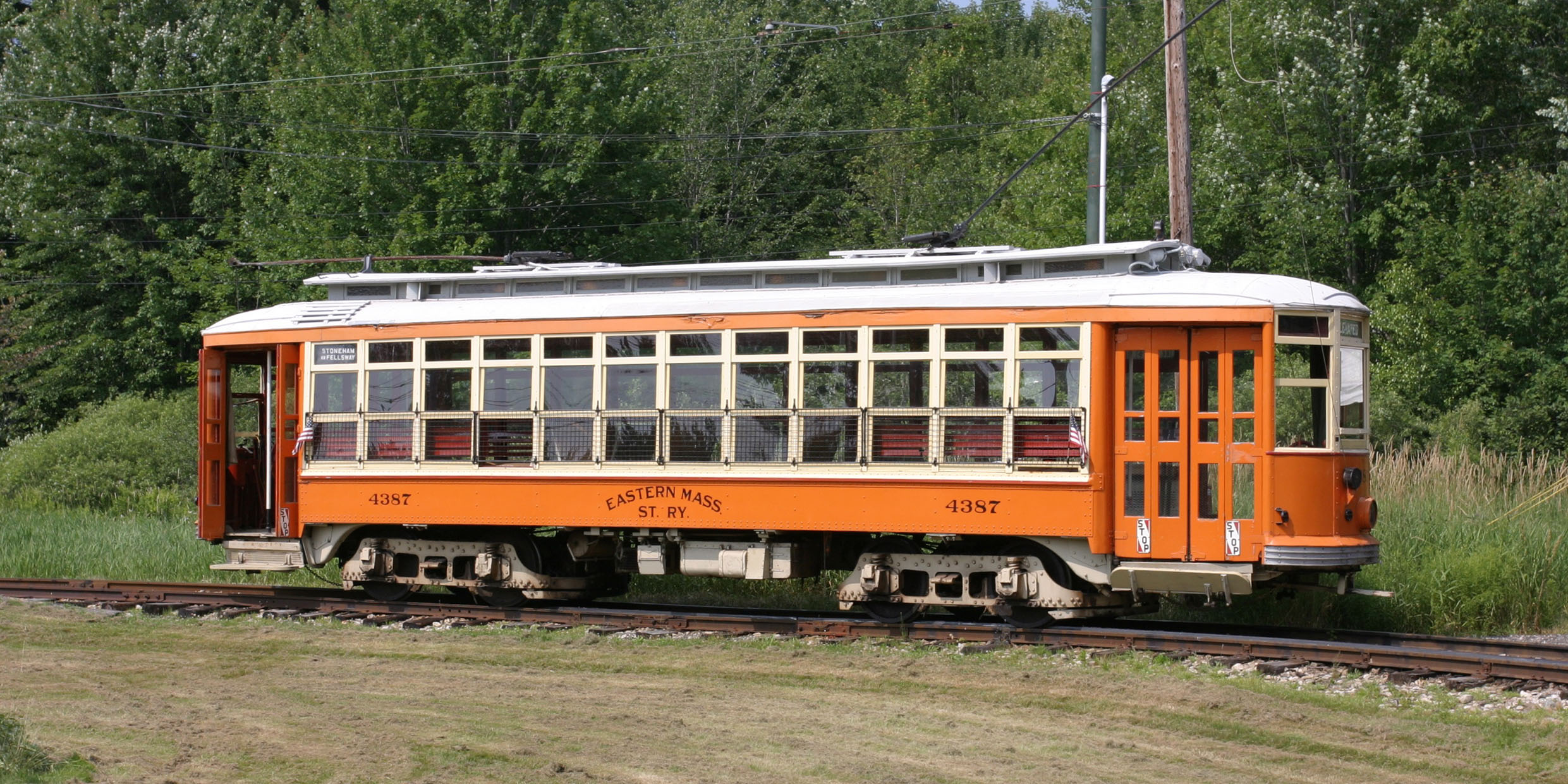Originally published 18 April 1994
A few weeks ago, I noted the lack of a high-speed travel link between Boston and New York, and proposed several solutions, some serious, some whimsical.
A number of people took issue with the analysis. Their responses fell into two categories.
First, several asked if intercity travel was not soon to become obsolete. The information superhighway will replace the physical superhighway, they said. Why spend billions making it possible to get from Bean Town to the Big Apple in two hours, when satellites and fiber-optic cables can let you make the trip in microseconds?
A second group wondered what the hurry was. These were generally older people who recalled the pleasures of travel in a more leisurely age. One correspondent recalled taking the train from Boston to Fall River, then overnight to New York on the “Priscilla” or the “Commonwealth” of the Fall River Line. Or traveling from North Station to Portland, and on to St. John, New Brunswick by Pullman Palace car. Even Provincetown was within easy reach by rail, with first class accommodations if you could afford it. In those days, getting there was half the fun.
Perhaps the most remarkable travel amenity of yesteryear was the system of electric street railways that linked many towns of New England. A trolley once rolled down the main streets of my village of Easton, connecting it to Brockton, Mansfield, Taunton, and other nearby communities — which in turn reached out tracked tentacles to their other neighbors.
For 10 cents you could purchase a Trolley Wayfinder, a street railway map of New England that charted a trip to almost any destination, provided you were willing to make a number of transfers. The pamphlet was published by the New England Street Railway Club.
With sufficient time, you could town-hop all the way to New York City by electric trolley.
In his novel Ragtime, set in the early years of the 20th century, E. L. Doctorow describes a street railway journey in the opposite direction, from New York to Boston. The character Tateh and his daughter board a No. 12 trolley at Hester Street in Lower Manhattan. At Union Square, they transfer to a No. 8 for the ride up Broadway, bells clanging, sparks crackling along overhead electric lines. A few more transfers and they cross the city line into Mount Vernon, N.Y. At New Rochelle, father and daughter switch to the Post Road Shore Line, which takes them along the Long Island Sound shoreline to the Connecticut border. In Greenwich, they transfer to another car, which conveys them as far as Bridgeport.
From there, a car of the Springfield Traction Company carries them from New Haven, through New Britain and Hartford into Massachusetts. At Springfield, they switch to the Worcester Electric Street Railway and soon they are in Boston. The ride is an adventure, requiring several days and sleepovers in a park and a rooming house. The total fares for Tateh is $2.40, and just over a dollar for the child.
Not long ago, while traveling to New York by Amtrak, I was reading another account of a rail journey more than half a century ago, in Eudora Welty’s autobiography One Writer’s Beginning.
She writes: “I had a window seat. Beside me, my father checked the progress of our train by moving his finger down the timetable and springing open his pocket watch. He explained to me what the position of the arms of the semaphore meant; before we were to pass through a switch we would watch the signal lights change. Along our track, the mileposts could be read; he read them. Right on time by Daddy’s watch, the next town sprang into view, and just as quickly was gone.”
After dinner in the “sparkling dining car,” Welty and her father moved to the open-air observation platform at the end of the train, where they sat in folding chairs and watched sparks from the locomotive fly into the night. She writes too of drifting in and out of sleep in her Pullman bed, alternately lulled and wakened by the sounds of the train, the tracks, the bridges, the tunnels.
All of this I read while creeping along littered, graffiti- bordered track on the outskirts of New York City, cursing myself for being in such a hurry.
Something has been lost, no doubt about that. Now that automobiles clog our roads and pollute our air, we think wistfully about reinventing something like the street railway system and the gracious intercity trains of half-a-century ago, sometimes forgetting that it wasn’t so much the automobile as our impatience that made the trolleys and rail travel obsolete.
There’s no going back. It’s hurry, hurry to get ahead and leave the competition in our dust. The very idea of travel now seems to be a waste of time.
My first category of correspondents were closer to the truth. Even two hours, Boston-to-New York, will not be fast enough to satisfy our haste. And that’s why the electronic superhighway, not “bullet trains,” is the travel mode of the future.
Nothing less than the speed of light will get us there fast enough.



